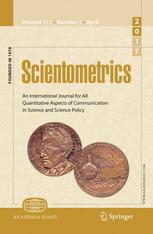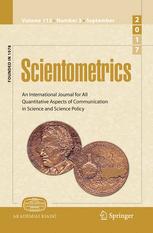Author: Timothy Gower
Blogpost April 24, 2014
Comment: This long blog post discusses the author’s attempts, successful in many cases, to obtain the costs of Elsevier journal subscriptions at the UK Russell Group of universities. It includes some amusing detailed correspondence with JISC and the universities. Also related discussion around APCs and their impact on subscription costs, Elsevier costs in some US universities, Brazil. Also in the post and related comments are some useful data sources and related analysis.
Introduction: A little over two years ago, the Cost of Knowledge boycott of Elsevier journals began. Initially, it seemed to be highly successful, with the number of signatories rapidly reaching 10,000 and including some very high-profile researchers, and Elsevier making a number of concessions, such as dropping support for the Research Works Act and making papers over four years old from several mathematics journals freely available online. It has also contributed to an increased awareness of the issues related to high journal prices and the locking up of articles behind paywalls….
I have come to the conclusion that if it is not possible to bring about a rapid change to the current system, then the next best thing to do, which has the advantage of being a lot easier, is to obtain as much information as possible about it. Part of the problem with trying to explain what is wrong with the system is that there are many highly relevant factual questions to which we do not yet have reliable answers.

